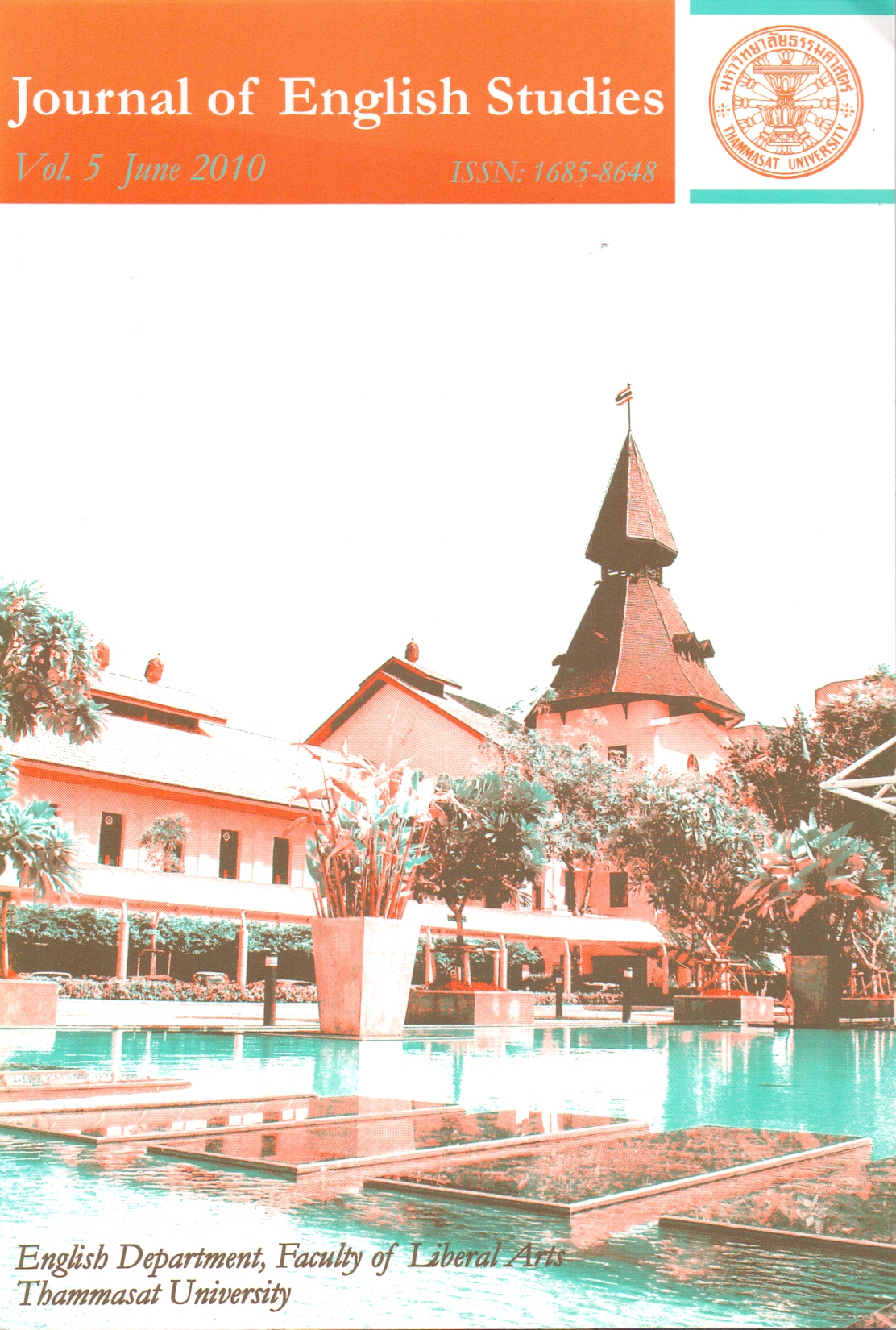The Making of Matilda: the Male Gothic Tradition and the Creation of Late Eighteenth and Early Nineteenth-century Heroines
Main Article Content
Abstract
The gendered paradigm of the male Gothic has been proposed by a number of critics as a male writers’ literary tradition, central to which are the male protagonist, the theme of exile and alienation, and, in several queer readings, the tendency to deviate from a normative heterosexuality. While studies of the late eighteenth and early nineteenth-century male Gothic novel usually focus on representations of the overreaching villain-hero, relatively little attention has been paid to the heroine, who is viewed as either a hapless victim or a demonic supernatural agent to be expelled at the end of the narrative. This article will argue for the importance of the figure of the heroine in the male Gothic as it tends to embody forms of social and sexual behaviour as potentially transgressive as those of its male counterpart. By examining the figure of Matilda, who is repeatedly portrayed in various ways in late eighteenth and early nineteenthcentury Gothic novels, the article aims to show the writers’ serious engagement with the heroine and the diversity of feminine behaviour, hence disputing any attempt to formulate particular patterns of the female character in male Gothic novels. Analysis of the primary texts includes examination of the figures of Matilda in Horace Walpole’s The Castle of Otranto (1764) where she is presented as a parody of the eighteenth-century sentimental heroine, in Matthew Lewis’s The Monk (1796) where she is depicted as a homoerotic femme fatale, in Percy Bysshe Shelley’s Zastrozzi: A Romance (1810) where she is a female criminal, and in Mary Wollstonecraft Shelley’s Mathilda (1819) where she is the daughter of an incestuous self-torturing father. Whereas the figure of Matilda helps add nuances to the heroine of the male Gothic, the fact that Mary Shelley also appropriated the figure later in the period indicates an interwoven relationship, rather than a rigid demarcation, between the male and the female traditions of the Gothic.

